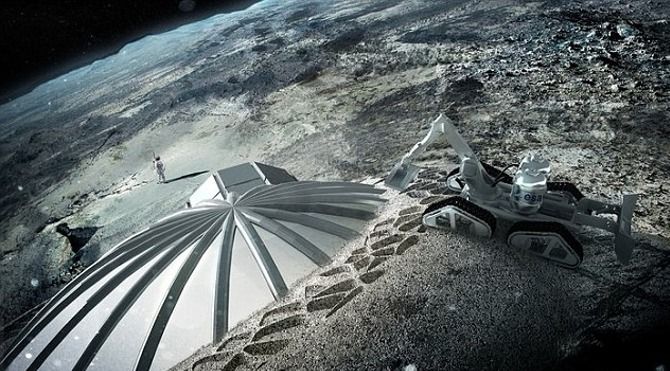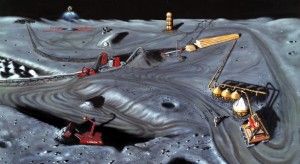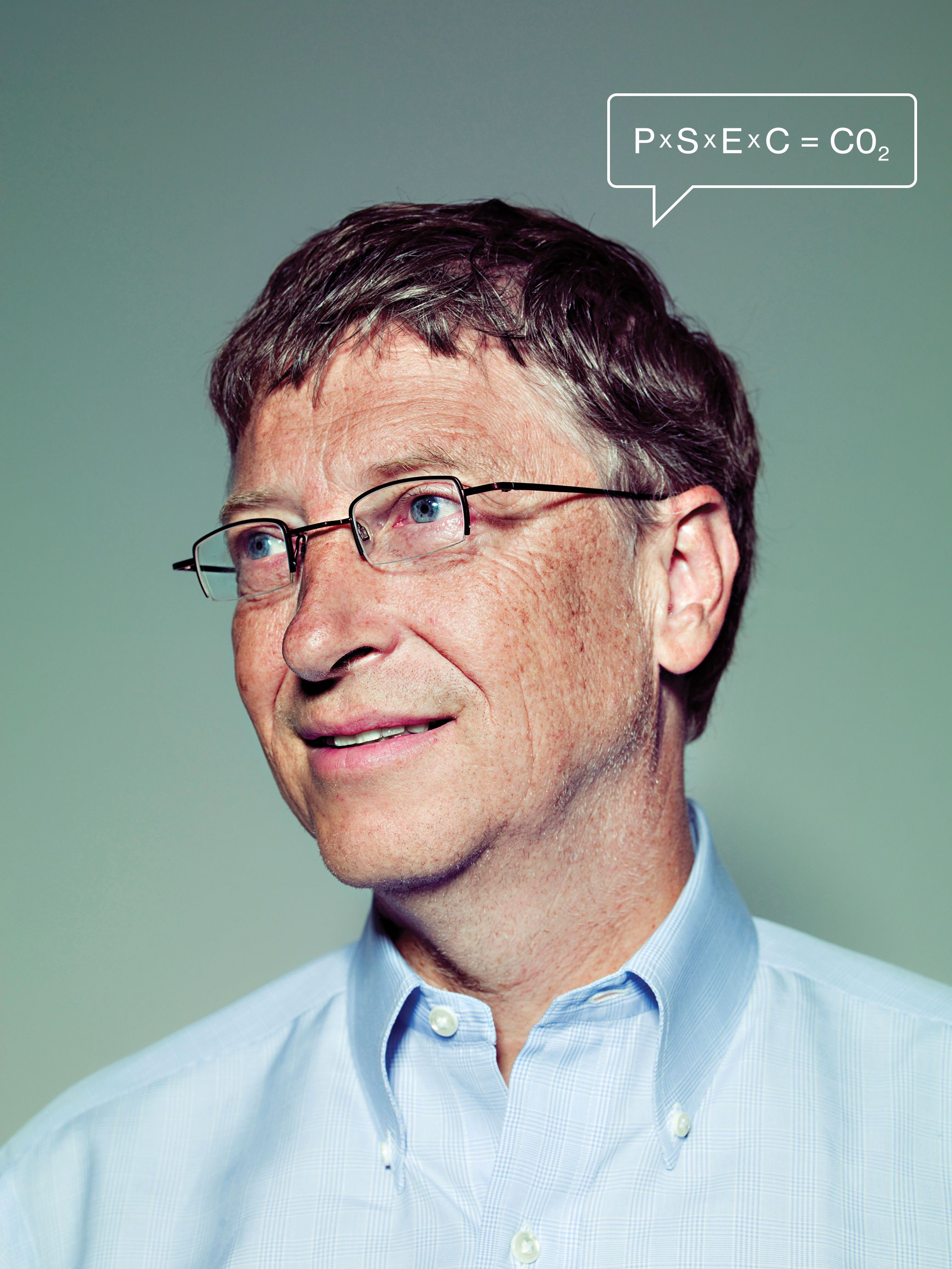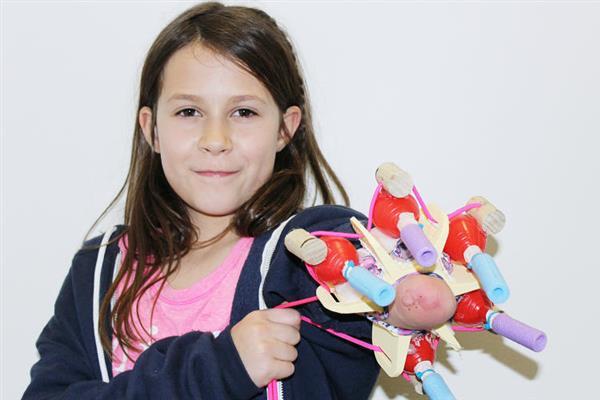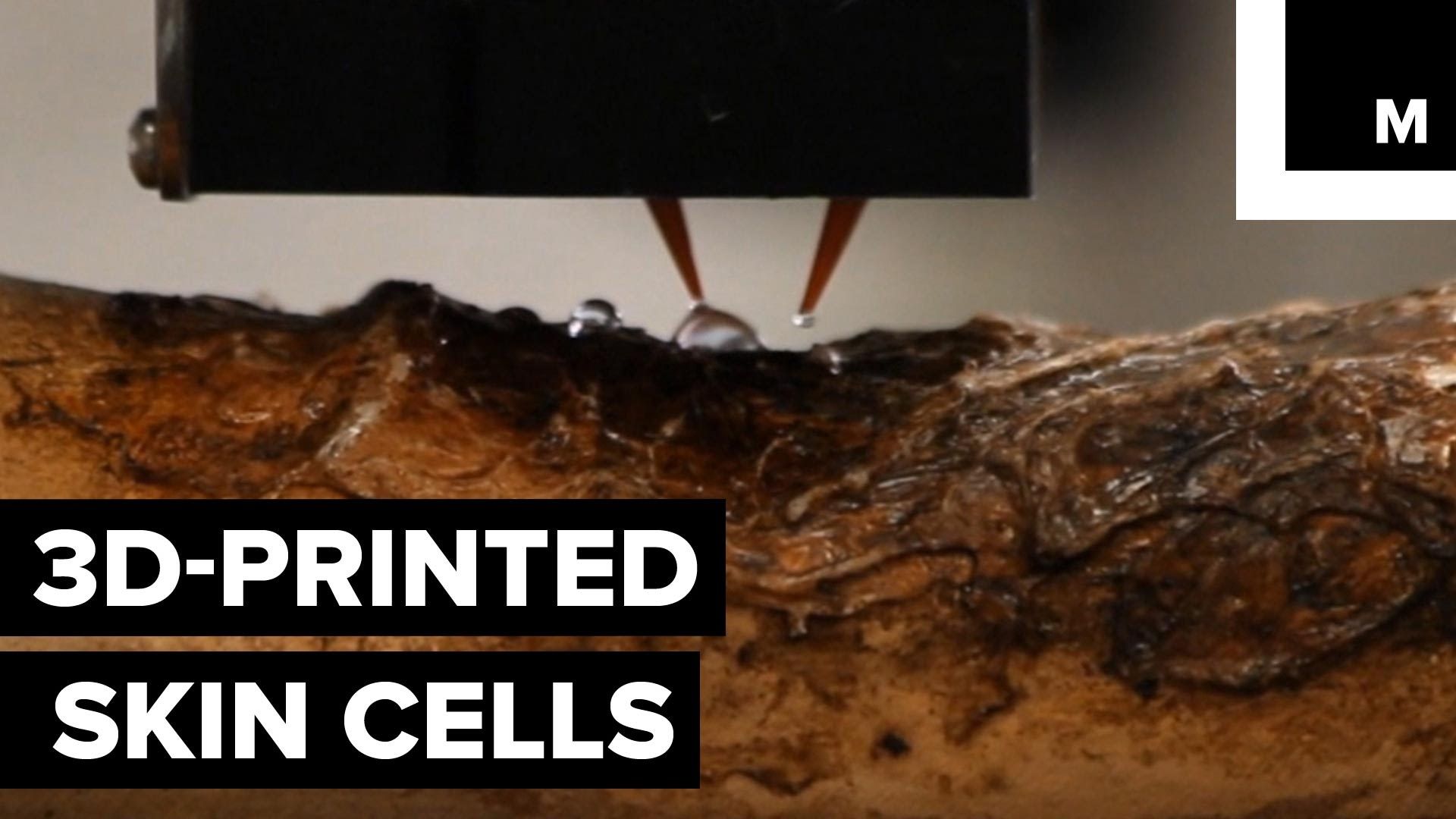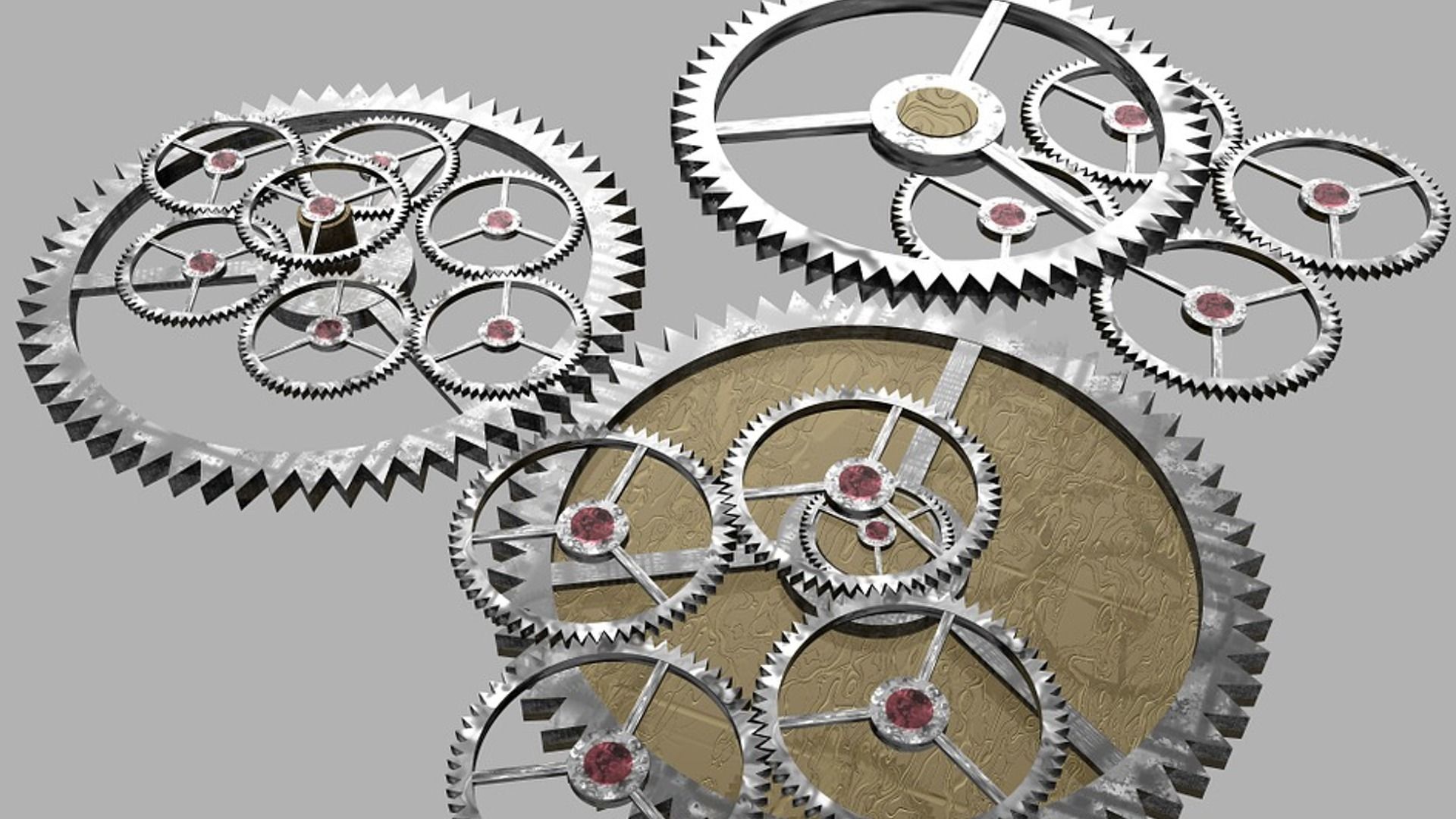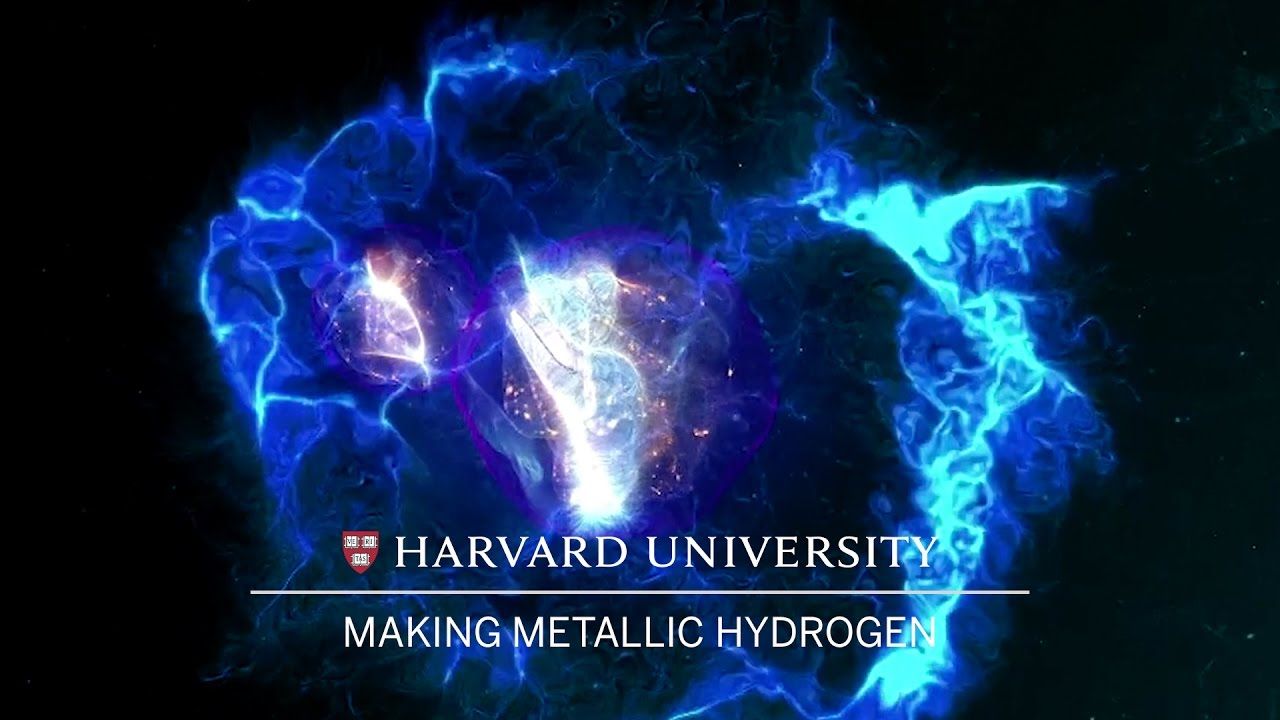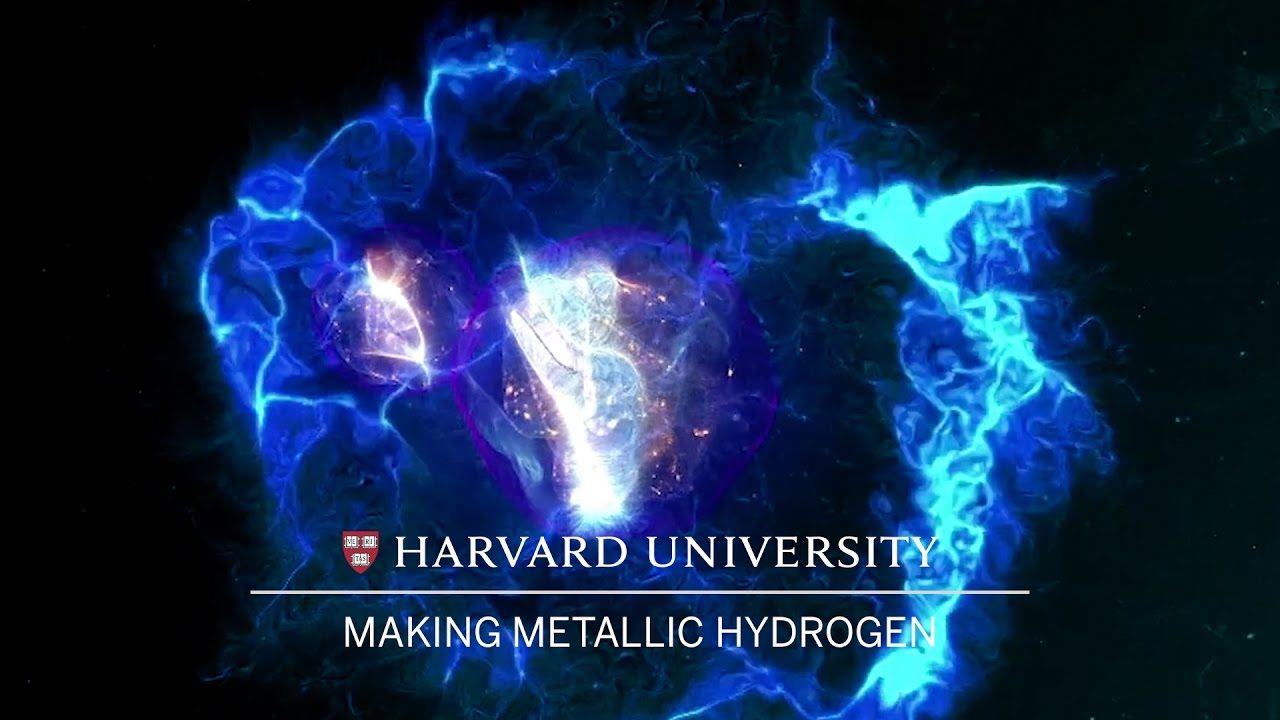Ledger’s new hardware wallet is the most costly on the market. Does it have the features to justify the expense? BitGo’s Jameson Lopp investigates.
There are many people who could use a bit of help moving their limbs, but they don’t necessarily need a full-on exoskeleton. Well, imagine if their clothes could provide that help. Such a thing may one day be possible, thanks to the recent creation of “textile muscles.”
In a study conducted at Sweden’s Linköping University and University of Borås, scientists coated mass-producible cellulose yarn with a flexible electroactive polymer known as polypyrrole.
When a low voltage is applied to the polymer, it increases in volume, causing the yarn fibers to increase in length accordingly – when the electrical current is switched off, the fibers retract back to their original length. By varying the manner in which those fibers are woven together, it’s possible to tune the force of the material toward different tasks.
China’s Chang’e lunar probe dynasty is already having a great year. The Chang’e 3 lunar lander surpassed all expectations last week to emerge from its 14th hibernation while the Chang’e 5-T1 just completed its transfer from the Earth-Moon Lagrange Point 2 into a stable orbit around the Moon. Chang’e 3’s main mission was only to take spectrographic and ground penetrating radar measurements, but the Chang’e 5 missions will bring back the first samples containing the actual prize — fusion-ready helium-3.
One of the main reasons helium-3 is sought as a fusion fuel is because there are no neutrons generated as a reaction product. The protons that do get generated have charge, and can therefore be safely contained using electromagnetic fields. Early dreamers imagined that Saturn or Jupiter would be the ideal places to try and get their hands on some helium-3, but it now appears that the Chinese have set their sights on the Moon.
Luv this. True Girl Power!
11-year-old Jordan Reeves, who last year made the world a bit jollier with her 3D printed, glitter-shooting prosthetic arm, has become a source of inspiration for many. The young and remarkably ambitious girl, who was born without most of her left arm (it stops just above the elbow), has been showing off her 3D printed glitter prosthetic all around the U.S. for the past several months, was presented with Disney’s Dream Big, Princess award, and was given a 3D printer courtesy of Autodesk and Dremel.
Not only is she receiving recognition, however, but Reeves has continued her steadfast work and is creating more 3D printed prosthetic accessories and assistive tools. Her latest project, for instance, is working on developing a device that combines a medical-grade prosthetic arm with 3D printed, changeable attachments. Though decidedly less sparkly than her first make, the hybrid prosthetic could allow for a variety of 3D printed attachments (like a hand or a pirate hook). Jordan is developing the 3D printed prosthesis with the help of her prosthetist and her Autodesk mentor Sam Hobish.
While many 3D printable prosthetic hand models do already exist, Reeves is one of many people who cannot use them, mainly because they mostly rely on wrist or elbow mobility, which she does not have. As Jordan’s mother Jen Reeves told Fast Company, “She came with the challenge because she and Sam were trying to figure out a way to use those standard 3D printed hands, and it got pretty aggravating. She realized that it was not possible with any of the current 3D-printed design concepts, since she doesn’t have an elbow.”
How can we turn this into a small handheld device 3D printer so it is portable for doctors without boarders, EMS units, battlefiled surgeons, and eventually part of our own medicine kits for home some day. We can make it happen.
During phase I of AFIRM, WFIRM scientists designed, built and tested a printer designed to print skin cells onto burn wounds. The “ink” is actually different kinds of skin cells. A scanner is used to determine wound size and depth. Different kinds of skin cells are found at different depths. This data guides the printer as it applies layers of the correct type of cells to cover the wound. You only need a patch of skin one-tenth the size of the burn to grow enough skin cells for skin printing.
During Phase II of AFIRM, the WFIRM team will explore whether a type of stem cell found in amniotic fluid and placenta (afterbirth) is effective at healing wounds. The goal of the project is to bring the technology to soldiers who need it within the next 5 years.
By now, you’ve probably heard a lot about STEM education (science, technology, engineering, and mathematics). Careers in STEM are the next best thing: as a matter of fact, according to the U.S. Bureau of Labor, jobs in STEM will increase by up to 30 percent by 2022, a dramatic increase over the average industry projection of just 11 percent in the past years.
With that being said, it’s time to think more about using virtual reality in education; as education officials are seeing an increase in opportunity that will help bring STEM learning to life for today’s middle, and high school students.
By presenting a complete view of the world by use of virtual reality, teachers can help offer a new opportunity to students that will close some of the pedagogical gaps that have appeared off and on throughout the duration of the 21st-century classroom environment. These gaps generated from the fact that the curriculum and content in our education have not caught up with one another yet. In other words, education has not caught up with technology advancements.
This post is also available in:  עברית (Hebrew)
עברית (Hebrew)
Several fighter jet models will soon use artificial intelligence to control nearby UAVs that will be able to carry weapons, test enemy air defenses or perform intelligence, surveillance and reconnaissance missions in high-risk areas, Senior US Air Force officials said recently.
US Air Force Chief Scientist Gregory Zacharias said that much higher degrees of autonomy and manned-unmanned teaming are expected to emerge in the near future from work at the Air Force Research Lab. “This involves an attempt to have another platform fly alongside a human, perhaps serving as a weapons truck” Zacharias told DefenseSystems.com.
Making metallic hydrogen at Harvard
Posted in materials
Nearly a century after it was theorized, Harvard scientists have succeeded in creating metallic hydrogen. In addition to helping scientists answer fundamental questions about the nature of matter, the material is theorized to have a wide range of applications, ranging from room-temperature superconductors to powerful rocket propellant.
In Brief
- By applying 4.95 million atmospheres of pressure to liquid hydrogen, Harvard physicists have claimed they were able to make it metallic, a state of hydrogen that had never existed on Earth before.
- Physicists predict that metallic hydrogen is an authentic superconductor, so if stabilized, it could revolutionize everything from energy storage to rocketry.
As reported back in September, two studies, each with a different approach, were attempting to created metallic hydrogen, and now, more than 80 years after it was predicted to be possible, the Harvard University team has finally managed to produce the elusive state. Physicists Isaac Silvera, who has been working on this problem for 45 years, and Ranga Dias published their study’s results this week in the journal Science.
To develop metallic hydrogen, Silvera’s team squeezed two opposing heavy-duty diamonds together to compress gaseous hydrogen, and then they transitioned it into its liquid state by lowering the temperature [hydrogen liquifies at a temperature of −252°C (−423°F)]. They then gradually increased the applied pressure on the solid hydrogen by twisting a steel screw to exert force on the diamond anvil. It was then that changes were noticed.


